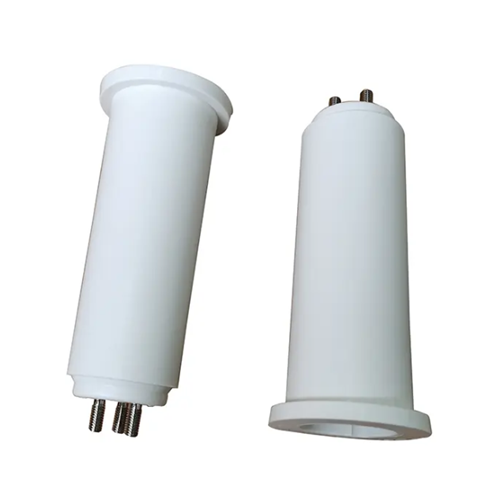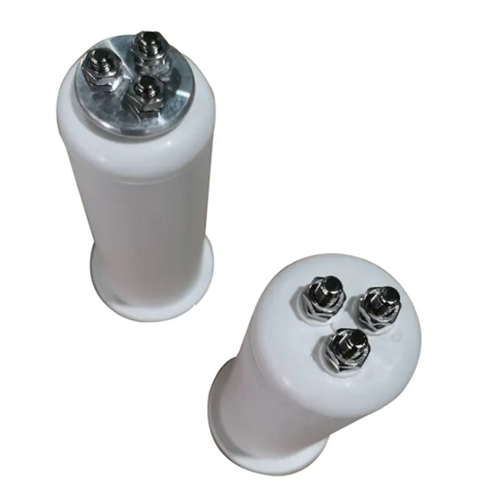High voltage applications are vital in a variety of industries such as power generation, manufacturing, and telecommunications. High voltage (HV) cable sockets are one of the essential components in these applications. These sockets are designed to safely and efficiently connect high voltage cables, but they also pose significant risks if not handled correctly. This article outlines important safety tips for handling high voltage cable sockets to ensure the safety of personnel and equipment.
1. Understand the equipment
Before working with high voltage cable sockets, be sure to thoroughly understand the equipment involved. Be familiar with the specifications, ratings, and operating procedures of high voltage cables and sockets. This knowledge will help you identify potential hazards and understand the necessary precautions to take.
2. Use of Personal Protective Equipment (PPE)
Always wear appropriate personal protective equipment (PPE) when working with high voltage cable sockets. This includes insulating gloves, goggles, a hard hat, and flame retardant clothing. Proper PPE can significantly reduce the risk of electric shock and other injuries associated with working with high voltage.
3. Power off system
Before connecting or disconnecting any high voltage cable outlets, make sure the system is de-energized. This means turning off the power and using appropriate testing equipment to confirm that the circuit is de-energized. Never assume that a circuit is de-energized; always use a reliable voltage tester to confirm this.
4.Keep a safe distance
Maintaining a safe distance is critical when working with high voltage equipment. High voltage creates electric fields that extend beyond the range of physical components. During operation, ensure that you and any bystanders maintain a safe distance from high voltage cable outlets. Follow established safety guidelines to maintain minimum approach distances and avoid accidental contact.
5. Check your equipment regularly
Regular inspection of high voltage cable sockets and related equipment is essential to ensure safety. Check for signs of wear, damage or corrosion that may affect the integrity of the socket. Any damaged parts should be replaced immediately and the equipment should be removed from service until repairs have been completed.
6. Follow lockout/tagout procedures
When working on or near high voltage cable outlets, a lockout/tagout (LOTO) procedure must be followed. This procedure ensures that the equipment is properly shut down and cannot be accidentally re-energized during maintenance or repair. Always follow your organization’s LOTO procedures for increased safety.
7. Use appropriate tools and techniques
When handling high-voltage cable sockets, use tools designed for high-voltage applications. Insulated tools help prevent accidental contact with live parts. Also, follow proper cable connection and disconnection techniques to minimize the risk of arcing or short circuits.
8. Training and educating staff
Training is a critical aspect of safety in high voltage applications. Make sure all personnel involved in the operation of high voltage cable outlets are fully trained in safety procedures, equipment operation, and emergency response procedures. Regular refresher courses can help ensure safe operating practices.
in conclusion
Working with high voltage cable jacks in high voltage applications requires a thorough understanding of safety procedures and best practices. By following these safety tips, personnel can significantly reduce the risks of high voltage work. Putting safety first not only protects personal safety, but also ensures the reliability and efficiency of high voltage systems. Always remember that safety is a shared responsibility and it is critical to remain vigilant in high voltage environments.
Post time: Jun-16-2025



